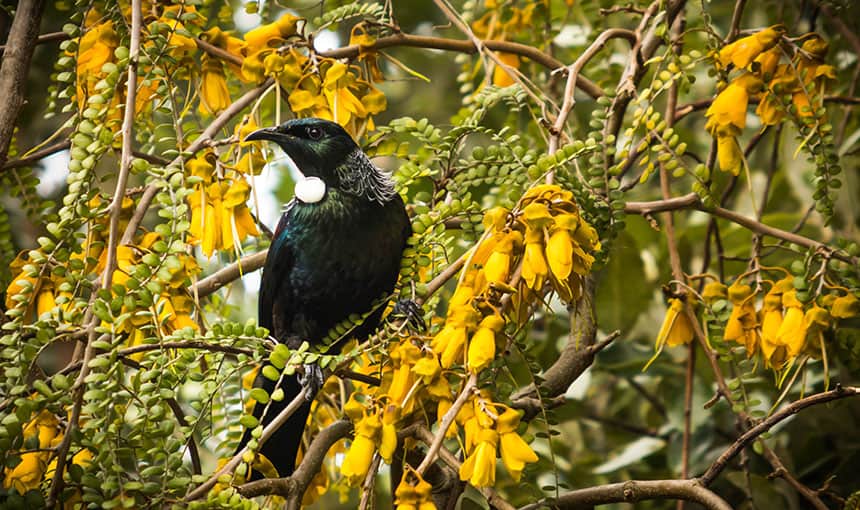New Zealanders strongly agree that predators are a significant conservation problem and that more investment in predator control will be beneficial for future generations. Effective predator control (including eradication of possums, rats and stoats – the goal of the Predator Free 2050 initiative) needs new technologies and tools, so science investment is essential.
The BioHeritage Challenge includes a focus on new technologies for predator control, within its overall goal of enhancing and restoring New Zealand’s ecosystems. We are investing in basic genome sequencing of predators, developing targeted toxins and ‘super lures’, and gaining a better understanding of New Zealanders’ perceptions on the use of new technologies for predator control. While we can’t predict which technologies and tools might prove effective, it’s vital we explore a range of options through scientific development and testing.
Exploring new science-based options for predator control and eradication isn’t cheap, so we have to be really smart with the available funding. Through the BioHeritage Challenge, we are bringing New Zealand’s best science teams together to tackle this challenge. By linking and combining scientists from various organisations and with different skills, we are aiming to ramp up the science, so the range of options developed and tested can be expanded and the speed of progress can be increased.
We are extremely fortunate in New Zealand to have world-class scientists – in our Crown Research Institutes, Universities and elsewhere – exploring new options for predator control and eradication. These scientists have contributed enormously to the progress made already in ridding off-shore islands of predators and developing new tools to control predators on our main islands. But eradicating predators on mainland New Zealand remains a massive challenge.
Our ‘best team’ approach encourages individual scientists to apply their respective strengths as we develop various science-based options. Regular debate amongst scientists helps with critical evaluation of such options. Recent public commentary from some scientists about the merit of ‘gene drive’ technology (for eradicating rats, for example) is part of such debate. Their perspectives, along with those of many other scientists, inform our planning and evaluation of the science programmes we fund.
It helps enormously that we can draw on scientists in other countries. As science is a very globalised activity, we can gain access to vast skills and expertise overseas. By linking into overseas research programmes, with related and complementary objectives, we can accelerate progress towards our specific goals here in New Zealand. Our science teams collaborate with key partners overseas, so we can learn with them, be more targeted in our own science projects, and speed up the development of science-based options for cosideration here. But given our unique environments, species and problems, we can’t rely on overseas researchers to solve our challenges. We need local expertise and effort to attract the interest of scientists elsewhere and to interpret relevant international research.
Even with a coordinated approach, developing and testing new science-based options is a long-term process. This does though allow time for proper consideration of risks and benefits as a new technology is being developed.
We welcome public discussion on science-based options for tackling New Zealand’s biodiversity challenges, including options for eradicating possums, rats and stoats. We are committed to a cautious but active approach, and will be guided by public perspectives on the future use of new technologies, such as genetic technologies. After all, maximising the impact of science investment will depend on deploying pragmatic options that have broad public support.
We therefore carry out our research in full partnership with groups investing in predator control projects, communities, Māori and government agencies. Through these partnerships, our science teams learn and can over time, strengthening the chances the science science-based options being developed can be deployed successfully. Our job is not to decide what technologies are ultimately appropriate and acceptable; rather, we need to ensure there are well understood science-based options available to those who will make decisions about their effectiveness and acceptability.
